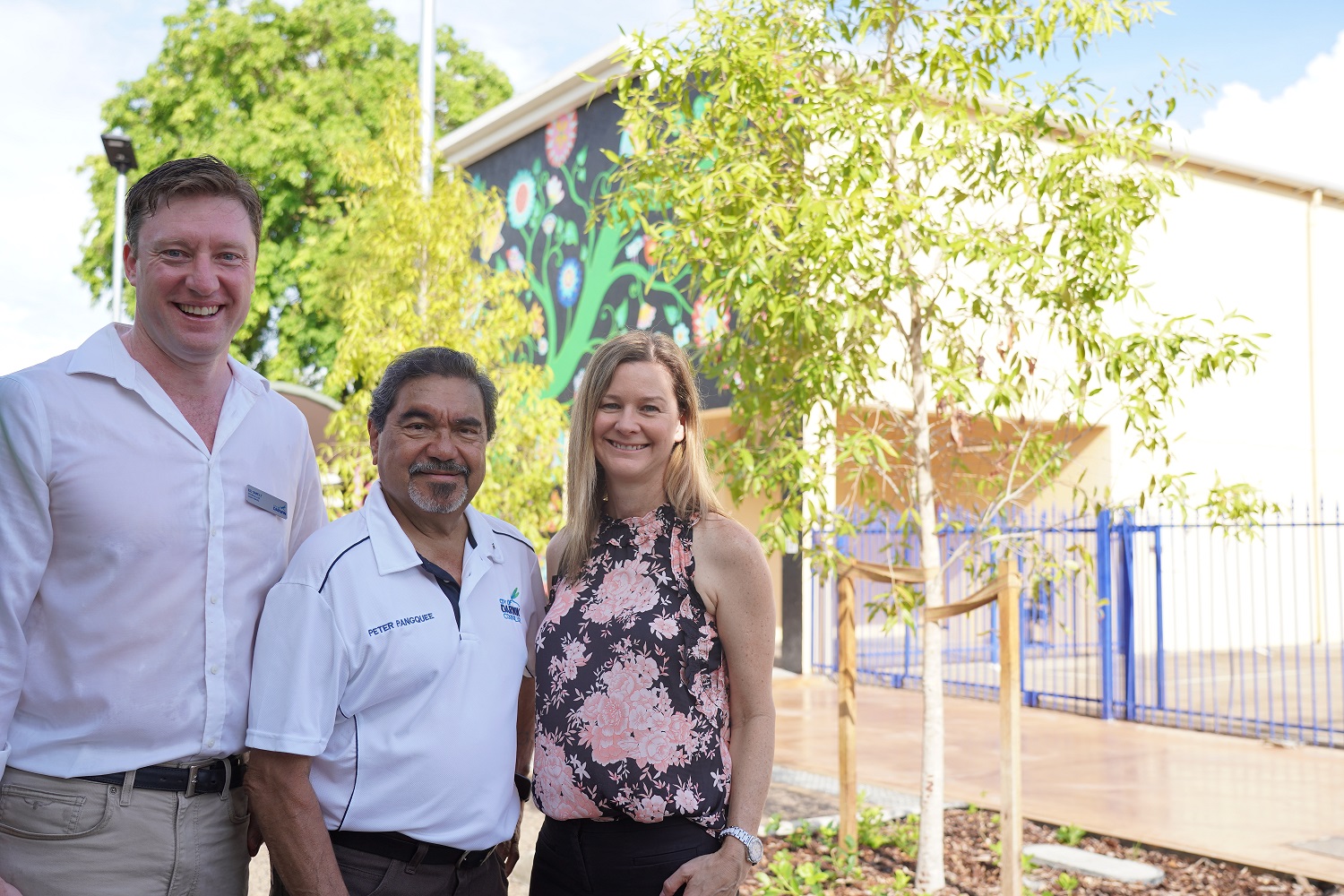**100,000 hybrid vehicles sold in Australia since launch of Prius in 2001**
**Toyota Australia pioneering hybrid electric technology for 18 years**
**Three new hybrids to be launched in 2019 including new RAV4 hybrid**
Toyota has clocked up another significant milestone in Australia, announcing it has sold more than 100,000 fuel-efficient hybrid electric vehicles since the Prius first went on sale locally in 2001.
Toyota Australia reached the milestone towards the end of April, just ahead of the launch this month of its first hybrid SUV, the all-new RAV4.
RAV4 Hybrid joins Camry Hybrid, Corolla Hatch Hybrid, Prius, Prius c and Prius v to form the broadest line-up of electrified vehicles offered by any company in Australia.
Toyota will launch another two hybrid models later this year, including the next-generation Corolla Sedan Hybrid, with a further two models to be added to the model line-up by the end of 2020.
Customer deliveries of Toyota’s hybrid electric vehicles in 2019 are on forecast to be well in excess of 20,000 vehicles, doubling the total of 11,590 hybrid vehicles sold in 2018.
Hybrid deliveries this year are expected to exceed 10 per cent of Toyota’s overall sales, up from 5.3 per cent last year and 3.9 per cent in 2017.
In the first fourth months of this year, sales of Toyota’s hybrid vehicles have risen by 85 per cent compared with the same period a year ago.
The 2019 tally of 5,613 hybrid cars represents almost 8.7 per cent of the brand’s total sales and compares with 3,029 hybrid cars or 4.4 per cent of sales at the same time last year. In April 2019, Toyota sold 1,458 hybrid vehicles or 9.6 per cent of its total sales for the month.
Hybrids account for almost half of all Camry sales this year (45.4 per cent), up from 39.6 per cent last year and 20.7 per cent in 2017.
A similar trend has emerged for Corolla, with hybrid variants now comprising 31.4 per cent of 2019 sales compared with 12.5 per cent last year and 5.8 per cent in 2017.
Corolla has become the most popular hybrid vehicle in Australia, with 2,957 sales so far this year, edging ahead of Camry on 2,298 sales.
But Camry reigns supreme over the long term, accounting for more than half of all Toyota hybrids sold in Australia, with 55,000 vehicles moving into owner hands since first being introduced in 2010.
Prius – the first Toyota hybrid in Australia back in 2001 – has topped 20,500 sales, followed by Corolla (10,600), Prius c (9,400) and Prius v (4,600).
Official vehicle sales figures show consumers in South Australia and the ACT are the country’s biggest hybrid fans as a proportion of total sales.
Last year, South Australians bought 6.2 per cent of Australia’s new vehicles, but 12.3 per cent of Toyota’s hybrids. The ACT, where government sales are significant, accounted for 2.9 per cent of Toyota’s hybrid sales compared with 1.6 per cent of total new-vehicle sales.
Overall, Victoria – despite its smaller population – has bought the most Toyota hybrid vehicles (32.2% of the total) ahead of NSW (29.6%). They are followed by Queensland (17.5%), SA (8.5%), WA (7.7%), ACT (2.2%), TAS (1.2%) and NT (1.1%).
Toyota Australia’s Vice President Sales and Marketing Sean Hanley said drivers of the 100,000 Toyota hybrid vehicles have had a huge impact on the environment as well as their own hip pockets.
“There is a lot of buzz lately about EVs being the future of mobility, but the reality is the technology is already here and Toyota has been leading the way with hybrid petrol-electric powertrains in Australia for almost 20 years,” Mr Hanley said.
“Hybrid electric technology is not only more affordable than pure electric vehicles, it requires no charging infrastructure, emits less CO2 than a traditional petrol combustion engine and is more fuel-efficient.
“An owner of today’s Camry Ascent Sport Hybrid can achieve savings of more than $800* and reduce CO2 emissions by almost 1.3 tonnes* every year, so the total economic and environmental savings from 100,000 hybrids are huge,” he said.
“This clearly demonstrates that hybrid drivetrains are the most affordable and accessible solution available today. It is the most practical way to reduce emissions because it is available now and it uses existing infrastructure.”
Mr Hanley said Toyota Motor Corporation had been investing for decades in alternative powertrains, including hydrogen fuel-cell electric vehicles (FCEV).
“We are well-positioned to meet anticipated new emissions regulations whenever they come, but we also know we have a wider responsibility.
“Our parent company recently announced it will grant almost 24,000 royalty-free patents and provide technical support on our vehicle electrification systems.
“In Australia, we will continue to advocate for a collaborative approach with governments, industry and other key stakeholders to fast-track the development of the infrastructure required to support the widespread sale of electrified vehicles,” Mr Hanley said.
Globally, Toyota has delivered more than 12 million electrified vehicles, headed by Prius with more than five million sales.
It has announced a significant acceleration in the development and launch of electrified vehicles including new variants of that use the company’s tried and tested hybrid electric technology as well as developing new hydrogen fuel-cell electric and battery electric models.
The stated aim is for electrified vehicles to account for more than 50 per cent of Toyota’s global new-vehicle sales around the end of the next decade.
Toyota’s hybrid know-how has also been successfully applied to motorsport, with a hybrid-powered race car winning last year’s gruelling 24-hour race at Le Mans.








